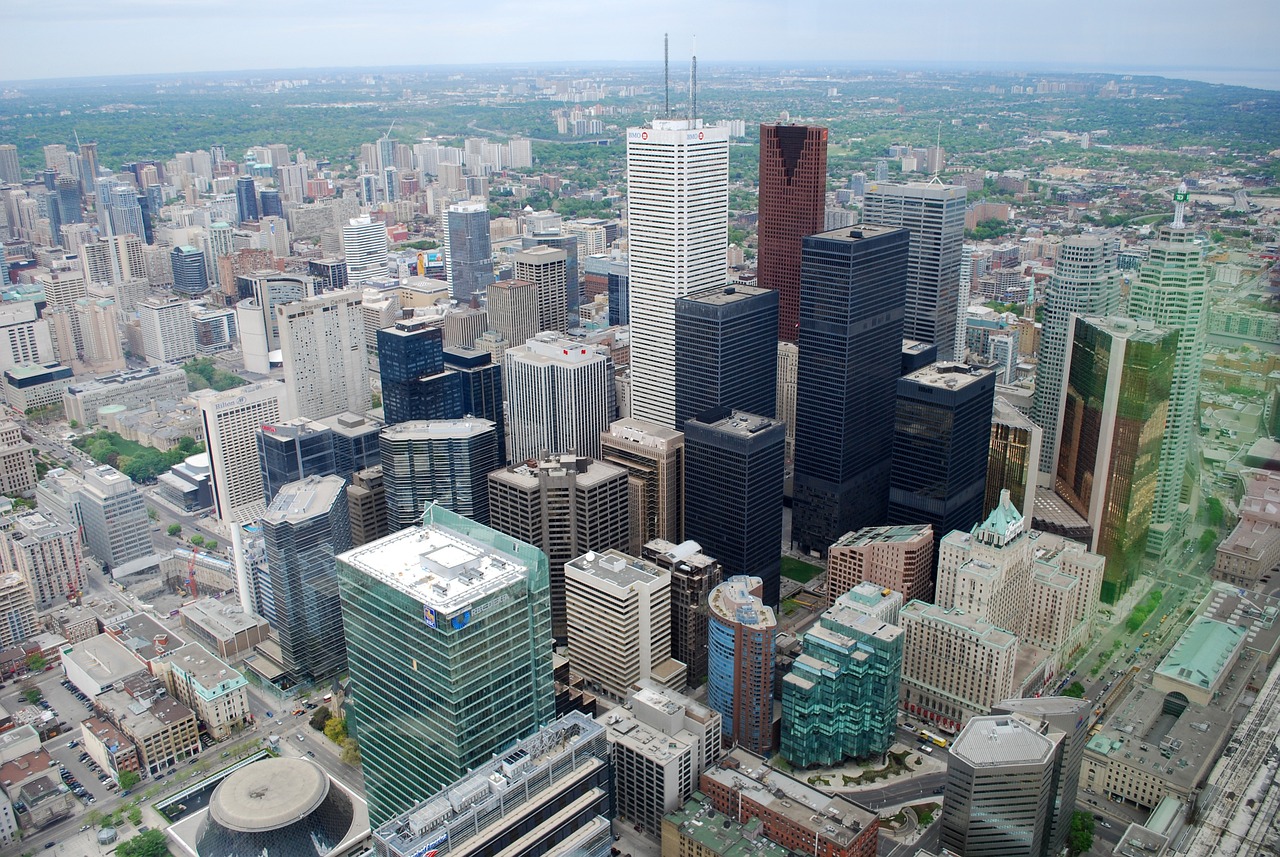The Economics of Transit-oriented Development
all panel login, mahadev book online, get cricket id: Transit-oriented development (TOD) is a planning strategy that promotes the development of mixed-use communities centered around public transportation hubs. This approach to urban design has gained popularity in recent years as cities seek to improve accessibility, reduce traffic congestion, and promote sustainable living. In this article, we will explore the economics of transit-oriented development and how it can benefit both residents and businesses.
Benefits of Transit-oriented Development
Transit-oriented development offers a wide range of benefits for both residents and businesses. One of the main advantages is improved access to transportation options. By locating homes, offices, and shopping centers near public transportation hubs, residents can reduce their reliance on cars, saving time and money on commuting. Businesses located in transit-oriented developments can also benefit from increased foot traffic and access to a larger customer base.
Another key benefit of transit-oriented development is the positive impact on property values. Studies have shown that properties located near public transportation hubs tend to have higher resale values than those in car-dependent areas. This increase in property values can benefit both homeowners and developers, attracting investment and stimulating economic growth in the surrounding area.
Transit-oriented development also promotes sustainability by reducing greenhouse gas emissions and promoting energy-efficient buildings. By encouraging compact, mixed-use development, TOD can help reduce urban sprawl and preserve open space. This approach to urban design also promotes walking and cycling, reducing the need for cars and encouraging a healthier, more active lifestyle.
Challenges of Transit-oriented Development
While transit-oriented development offers many benefits, there are also challenges that cities must address when implementing this planning strategy. One of the main challenges is the upfront cost of developing public transportation infrastructure. Building new transit lines, stations, and other facilities can be expensive, requiring significant investment from government agencies and private developers.
Another challenge is the potential for gentrification and displacement of low-income residents. As property values in transit-oriented developments increase, there is a risk that longtime residents may be priced out of their homes. Cities must implement affordable housing policies and other measures to ensure that TOD benefits all residents, regardless of income.
In addition, transit-oriented development may face resistance from residents who are accustomed to car-centric lifestyles. Some people may be reluctant to give up their cars or change their commuting habits, making it challenging to promote public transportation as a viable alternative.
Economic Impacts of Transit-oriented Development
Despite these challenges, transit-oriented development can have a positive economic impact on cities and regions. By promoting higher-density, mixed-use development, TOD can attract businesses and stimulate economic growth in surrounding areas. Retailers, restaurants, and other businesses located in or near public transportation hubs can benefit from increased foot traffic and access to a larger customer base.
Transit-oriented development can also create jobs in construction, retail, and other industries, providing a boost to the local economy. As new transit lines and stations are built, there is a need for skilled labor, materials, and other resources, creating opportunities for businesses and workers in the area.
Furthermore, transit-oriented development can help reduce transportation costs for residents and businesses. By providing access to affordable public transportation options, TOD can help reduce the need for car ownership and lower commuting expenses. This can free up more disposable income for residents to spend on goods and services, benefiting local businesses and the overall economy.
Overall, the economics of transit-oriented development are complex and multifaceted, with both challenges and opportunities for cities and regions looking to implement this planning strategy. By carefully balancing the benefits and costs of TOD, cities can create vibrant, sustainable communities that promote economic growth and improve quality of life for residents.
FAQs
1. What is transit-oriented development?
Transit-oriented development is a planning strategy that promotes the development of mixed-use communities centered around public transportation hubs. By locating homes, offices, and shopping centers near transit stations, TOD aims to reduce reliance on cars, improve access to transportation options, and promote sustainable living.
2. How does transit-oriented development benefit residents?
TOD benefits residents by providing access to affordable public transportation options, reducing commuting costs and saving time on travel. By promoting compact, mixed-use development, TOD also encourages walking and cycling, promoting a healthier, more active lifestyle.
3. What are the challenges of transit-oriented development?
Challenges of transit-oriented development include the upfront cost of developing public transportation infrastructure, the risk of gentrification and displacement of low-income residents, and resistance from residents accustomed to car-centric lifestyles. Cities must address these challenges to successfully implement TOD and ensure that it benefits all residents.
4. What are the economic impacts of transit-oriented development?
Transit-oriented development can have a positive economic impact on cities and regions by attracting businesses, creating jobs, and stimulating economic growth in surrounding areas. By reducing transportation costs for residents and businesses, TOD can free up more disposable income for spending on goods and services, benefiting local businesses and the overall economy.







